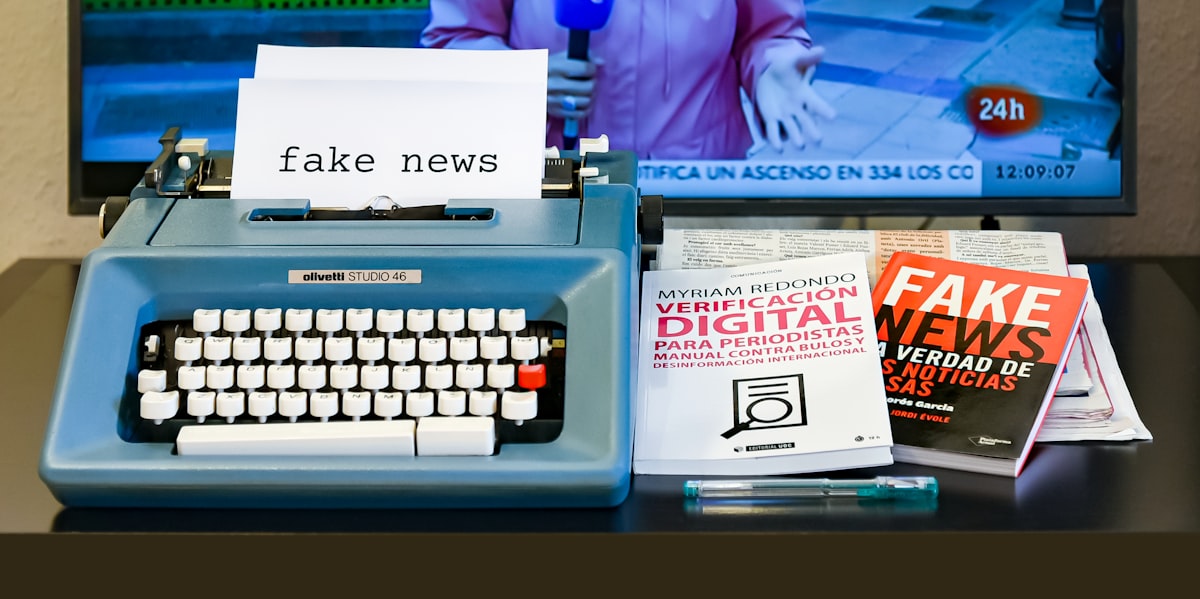Misinformation is Everywhere! A Teen's Guide On How to Fact-Check Statements

Misinformation and fake news are all over are Tik-Tok feeds, search results, Instagram feed, and even our Facebook feed (if anyone under 40 even uses that). As teenagers, we might feel overwhelmed with all of this information and find it hard to separate the truth from the false. Luckily we have a vast array of tools at our disposal.
Look for Multiple Sources
When you search online you can't just rely on one single article for all of your information. Every statement should be verified and you should see if things match up with other articles you see. If no one else is reporting on it and the article has no references, then it might be false. But this is not always the case, sometimes some organizations truly are the first ones to a new report. If it's on a recent topic then try waiting to see if other news organizations start reporting on it. Once you see others begin reporting, you can cross-check it.
Bias
Almost every news article on controversial topics on the internet has a bias, and this may affect the truth of the statements. There are multiple signs of bias, here are some listed below.
Advertising Bias - Stories meant to help advertisers who are working with the media company
Content Bias - Omitting content to benefit one side of a political conflict
Partisan Bias - Bias toward a specific political party
View other types of media bias
Fact-Check Tools
There are a variety of fact-check tools that will fact-check specific statements for you. These tools use multiple sources and fact-checking websites to quickly give you a rating on whether the statement is true or false. My favorite fact-check tool is Google's tool

The tool works by collecting information from multiple news site fact-checking sections and displaying them for us to view. This tool is incredibly useful if you want to find out whether something is true or false. You can also go to the website and check the full reasoning and article about the statement.
With these strategies, you can now be a little bit safer from misinformation on the internet. Remember that it's our social responsibility to share real and accurate information with our friends. Never share an article that you didn't verify was true. Even if it sounds believable if there is any doubt you should double-check the validity of it, especially if it is from a lesser-known source.
Find an issue with this article? Message us at [email protected] to report it!




